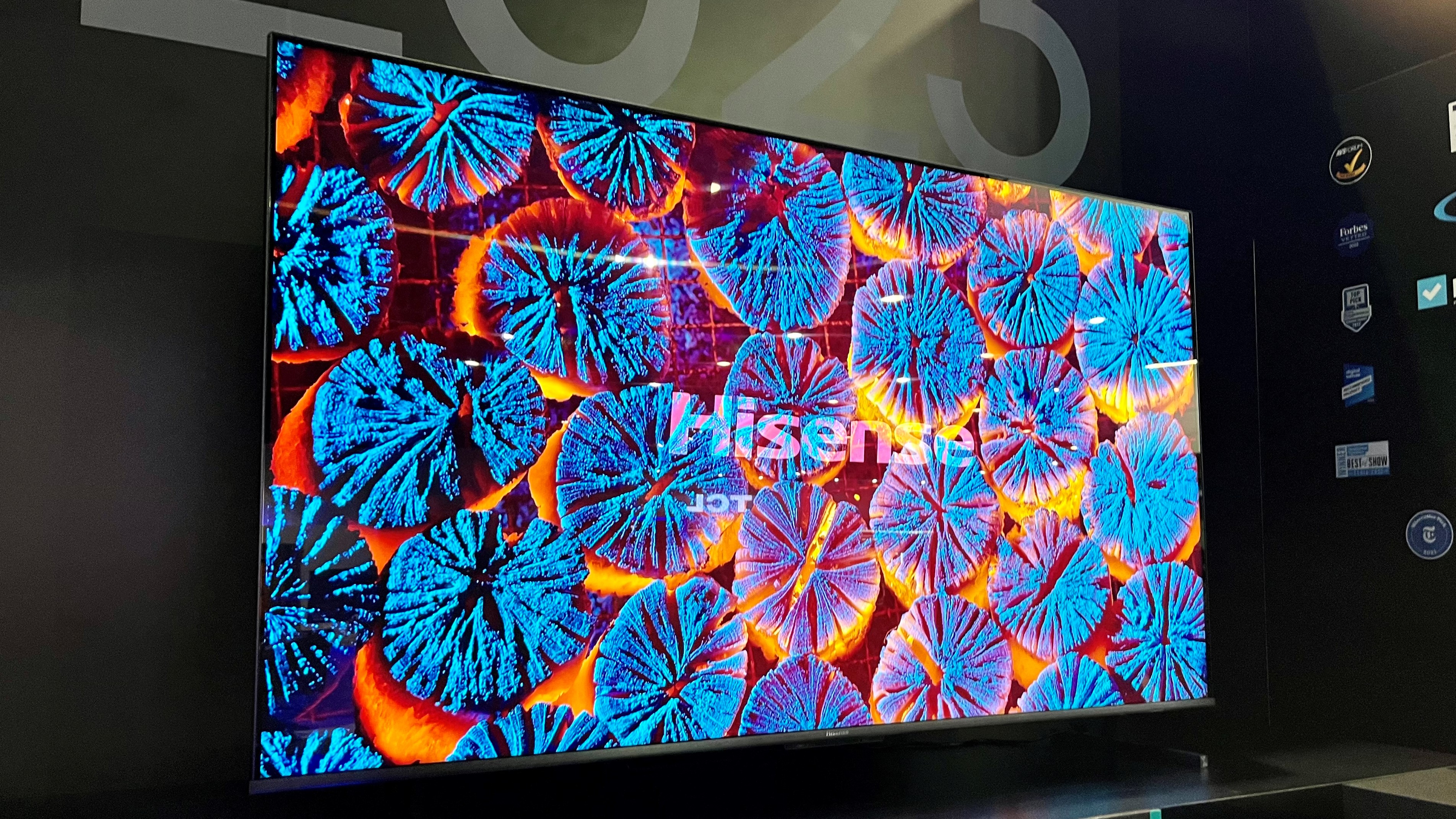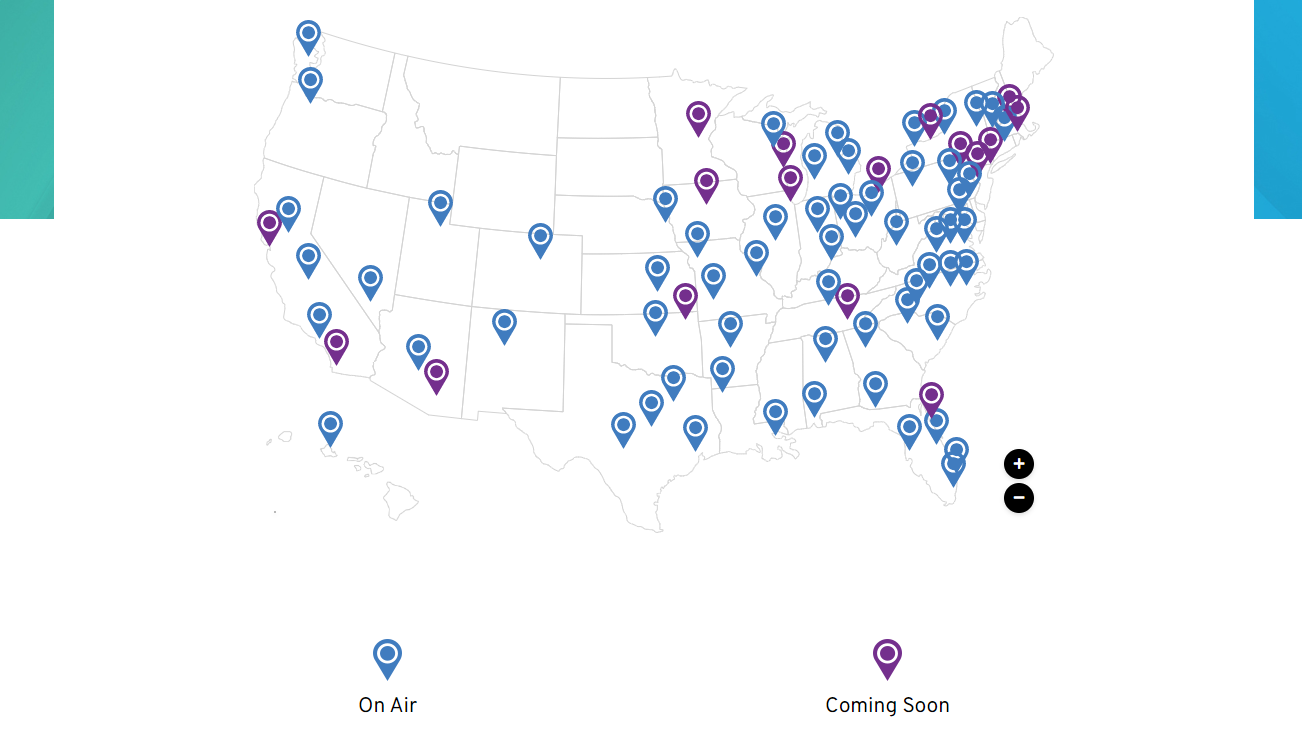ATSC 3.0 is our 4K TV broadcasting future, so why don’t more sets support it?
Where were the TVs with ATSC 3.0 at CES 2023?

One expectation I had going into CES 2023 was that many of the TVs launched at the show would feature built-in ATSC 3.0 tuners. But after parsing the specs of the sets announced by key manufacturers, it became clear that 2023 will not be the year that ATSC 3.0 becomes a mainstream feature in new TVs – 2024, or even 2025 now seems a more likely bet.
This is a disappointing development. Only a small percentage of the best 4K TVs launched in the US in 2022 came with a built-in ATSC 3.0 tuner, a feature that lets them receive next-gen digital TV broadcasts. ATSC 3.0 offers many benefits, including support for 4K resolution video with high dynamic range, wide color gamut, and immersive Dolby Atmos sound. ATSC 3.0 channels are also completely free (though ad-supported) and represent the future of TV broadcasting in the US.
ATSC 3.0: thin on the ground at CES 2023
Manufacturers like Samsung and LG have so far made ATSC 3.0 support exclusive to their pricey high-end models. For 2022, Samsung added the feature to its S95B OLED and QN95B and QN90B mini-LED sets, and LG its G2 and Z2 OLEDs.
At CES 2023, ATSC 3.0 support was one of my expectations for LG’s more mainstream C3 OLED, but the company instead did a rinse and repeat of last year’s lineup, reserving ATSC 3.0 for the high-end G3 and Z3 models. Samsung’s new TV announcements for 2023 didn’t provide detailed specs (that info should be coming in March), though it’s a good bet we’ll once again see the feature only in its top-of-the-line sets.
On the budget end of the TV spectrum, Hisense, which added ATSC 3.0 support to its U8H mini-LED and U7H QLED TVs in 2022, and opted to go all in on mini-LED for 2023, added ATSC 3.0 support throughout its full 2023 lineup as well. TCL, that company’s main competitor in the affordable big-screen TV space, on the other hand, did not announce any new TVs with ATSC 3.0 tuners at CES.
What about Sony? Many of that brand's 2022 TVs in the US arrived with built-in ATSC 3.0 tuning capability and, while it surprisingly made no new TV announcements at CES, there’s good reason to expect the feature will carry over into 2023 Sony models.
Along with more TVs with ATSC 3.0 support, I anticipated seeing cheap external tuners at CES, but those were mostly a no-show despite the FastTrack initiative announced in October to speed up their development and sale. A few such devices like the ZapperBox M1 ($250) do exist, but they’re not yet an affordable, mainstream option.

ATSC 3.0 is progressing – but in a vacuum
According to a press statement put out by the Advanced Television Systems Committee timed with the start of CES, ATSC 3.0 had reached 66 markets by the end of 2022. That gives the next-gen broadcast TV standard a footprint covering more than 50% of the US, with new markets including New Orleans, Miami, and Boston.
While it’s difficult to put an exact number on how many ATSC 3.0-equipped TVs are in circulation at present, that same CES press release included the following quote from ATSC president Madeleine Noland: “Consumers have already purchased millions of NEXTGEN TV [ATSC 3.0] receivers, with thousands more to be sold each day throughout 2023.”
Even so, given the high price of most of TVs sold so far with ATSC 3.0 support, along with ongoing inflation and a general sense of unease permeating the US economy, it’s pretty safe to say that ATSC 3.0 is operating in something of a vacuum, and that the situation is likely to continue through 2023. The average consumer isn’t itching to spend $2,000 and up on a TV, and aside from Hisense’s new offerings, that’s an average price they’ll need to pay to get a set with ATSC 3.0 support this year.
But there is light at the end of the ATSC 3.0 tunnel. Back in December 2022, Pearl TV, a coalition of broadcast TV companies with more than 820 members and the organization behind the FastTrack initiative, released a news update stating that TV system on a chip (SoC) maker MediaTek would be releasing an ATSC 3.0 hardware solution in early 2023 that would “help to expedite scale among its customers for high-volume, low-cost televisions.”
MediaTek is the leading SoC vendor for smart TVs, and with that company onboard the ATSC 3.0 train, it’s likely we’ll soon be seeing more inexpensive TVs with built-in support for the next-gen TV broadcasting standard. And that’s great news, because with prices for streaming services continually rising, more viewers are going to be cutting the cord – this time around not from their cable provider, but from streaming services.
Those same cash-strapped viewers will be looking for free options, and having gotten used to the high video and audio quality that the best streaming services provide, with 4K video and Dolby Atmos sound as the norm, they’ll be coming to broadcast TV with boosted expectations. When they do, the older ATSC 1.0 broadcasting standard with its regular HD quality simply won’t cut it.
Get daily insight, inspiration and deals in your inbox
Sign up for breaking news, reviews, opinion, top tech deals, and more.

Al Griffin has been writing about and reviewing A/V tech since the days LaserDiscs roamed the earth, and was previously the editor of Sound & Vision magazine.
When not reviewing the latest and greatest gear or watching movies at home, he can usually be found out and about on a bike.